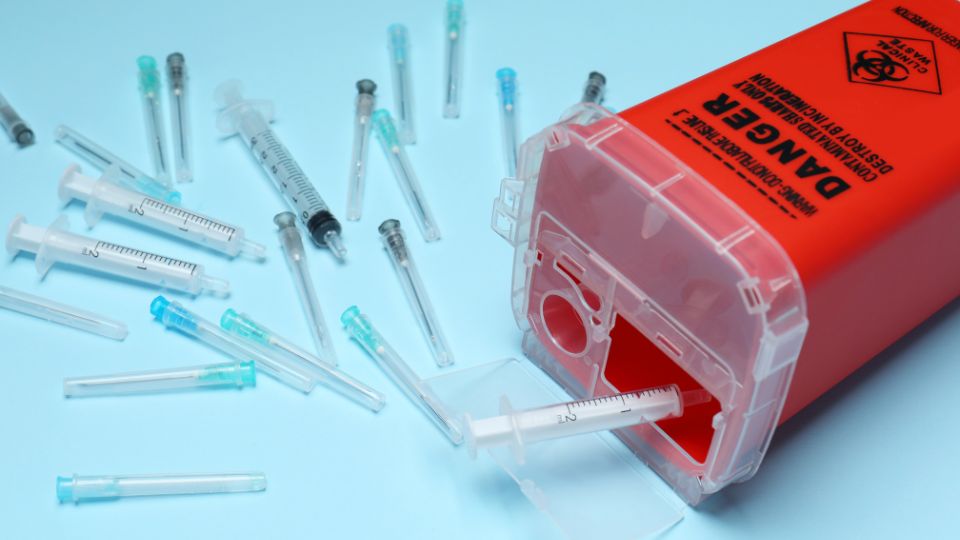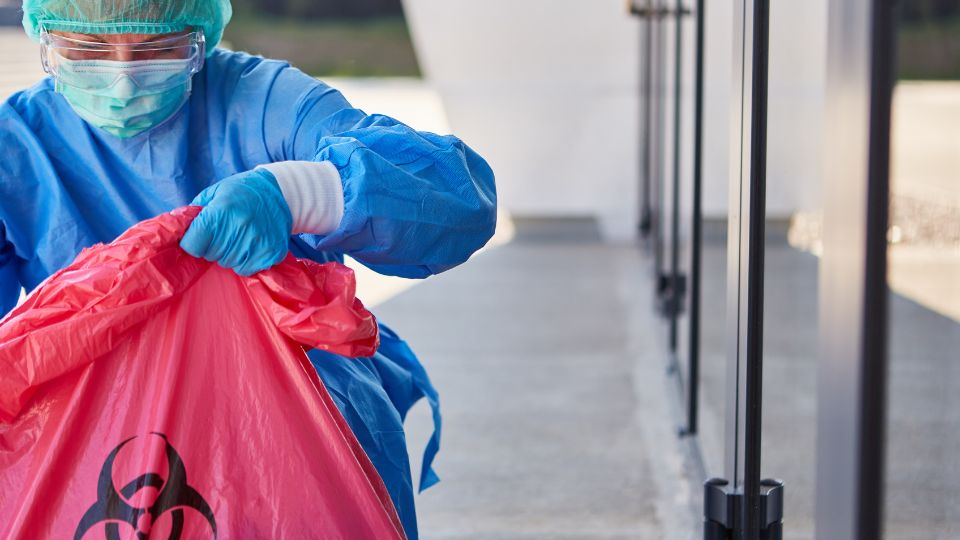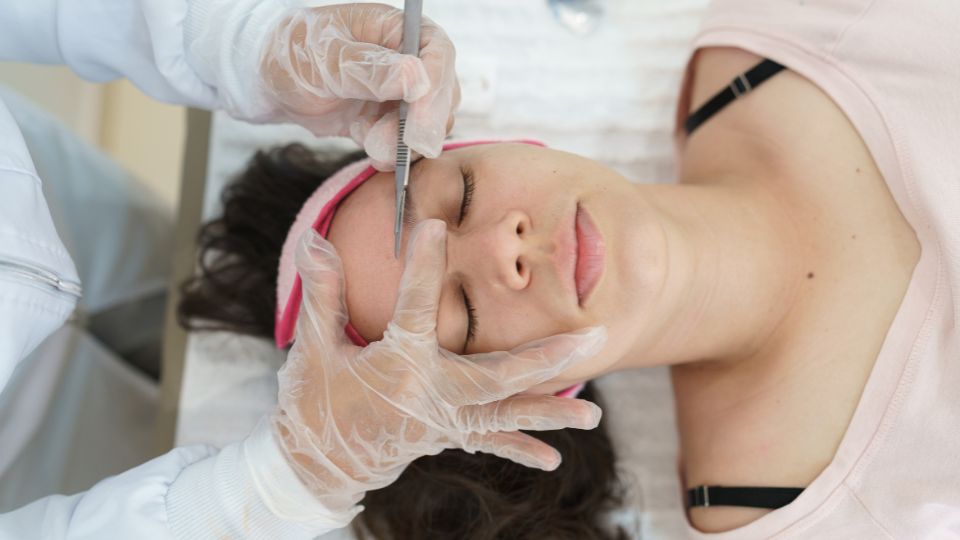
This is the ultimate guide for aesthetics waste management, ensuring businesses not only comply with UK regulations but also contribute positively to environmental sustainability.
Understanding the nuances of aesthetics waste, its disposal, and the regulatory landscape are crucial to ensure your business doesn’t run into any nasty fines from the government.
What is Aesthetics Waste?
Aesthetics waste is all waste materials generated from cosmetic and beauty treatments, ranging from non-invasive procedures like facials and microblading to more invasive ones such as injectables and liposuction.
This type of waste includes everything from used needles and syringes to chemical peels and expired skincare products.
Aesthetics waste is any materials needing to be binned after treatments such as:
- Acupuncture
- B12 vitamin injections
- Botox (botulinum toxin) injections
- Dermal fillers
- Dermaplaning
- Dermarolling
- Fat freezing
- Laser hair removal
- Liposuction
- Microblading
- Microneedling
- Mole mapping
- Semi-permanent make-up
- Waxing
- Wet cupping
Read more on how to dispose of hair waste in our dedicated blog!
What Are the Different Types of Aesthetics Waste?
Aesthetics waste can be broadly categorised into several types:
- Clinical Waste: Includes items that have been in contact with bodily fluids or are sharp, such as needles and blades.
- Pharmaceutical Waste: Expired or unused medications, including injectable fillers and toxins.
- Chemical Waste: Residues from peels, disinfectants, and other chemicals used in treatments.
- General Waste: Non-hazardous waste such as paper towels, cotton pads, and protective wear that hasn’t been contaminated.
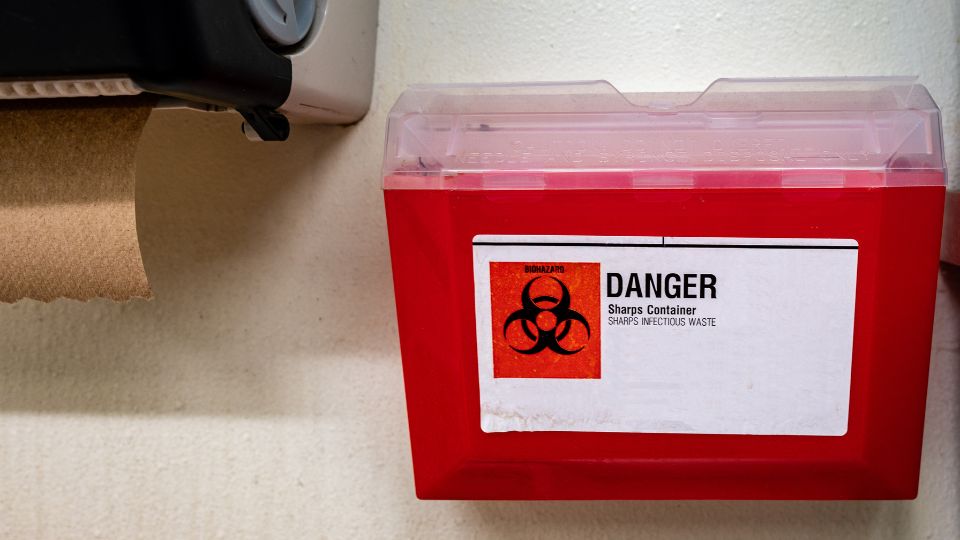
Types of Clinical Waste Related to Aesthetics Waste
- Infectious waste (orange waste bags):
Items that come into contact with potentially infectious substances like blood.
- Sharps waste (rigid lockable containers):
Needles, scalpels, syringes etc.
- Cytotoxic & Cytostatic waste (purple waste bags):
Anything coming into contact with botulinum toxin (found in botox) such as botox syringes, botox itself, wipes, gloves etc.
- Highly infectious waste (yellow bags):
Infectious waste that goes into orange bags can also go into yellow bags, but this waste type is typically more dangerous and needs to be incinerated.
It includes material that has come into contact with someone carrying (or suspected of carrying) an infectious disease.
What Businesses Produce Aesthetics Waste?
Businesses within the aesthetics industry producing this type of waste include:
- Medical spas
- Dermatology clinics
- Cosmetic surgery clinics
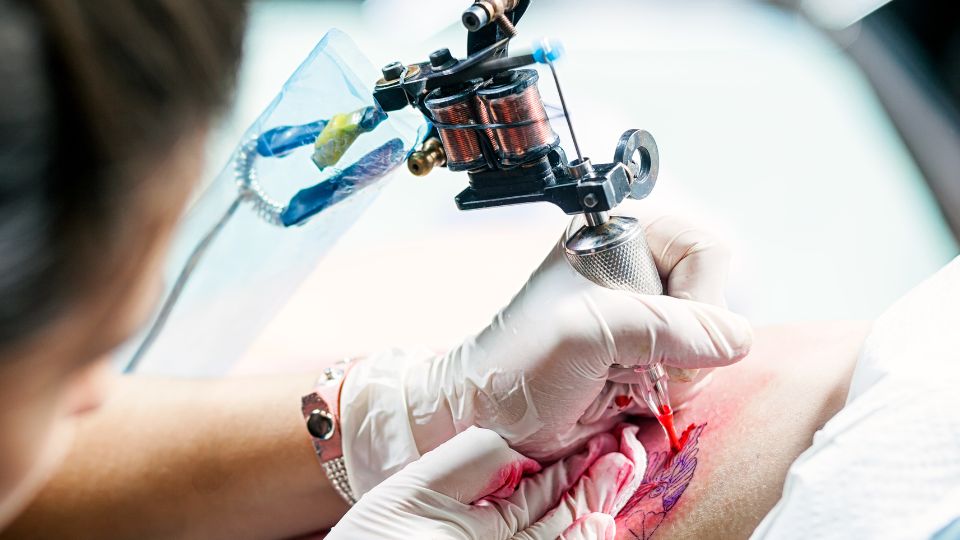
How is Aesthetic Waste Disposed of Safely?
Safe disposal involves several steps:
- Segregation:
Different types of aesthetics waste should be separated using colour-coded bins to prevent contamination.
- Containment:
Clinical waste must be contained in appropriate containers to prevent leakage and harm.
- Collection and Disposal:
Licensed waste carriers must be employed to collect and dispose of the waste at authorised facilities, ensuring treatments like incineration or special handling for hazardous materials.
Why is Aesthetics Waste Management Important?
Proper management of aesthetic waste is crucial for several reasons:
- Public Health: Prevents the spread of infections and protects clients, employees, and the general public.
- Environmental Protection: Minimises pollution and the impact on ecosystems.
- Compliance: Ensures businesses adhere to legal requirements, avoiding fines and sanctions.
What Are the UK Laws and Regulations for Aesthetics Waste?
In the UK, aesthetic waste is subject to several regulations, including:
- Environmental Protection Act 1990: Sets the duty of care for waste management.
- Hazardous Waste Regulations 2005: Outlines the classification, handling, and disposal of hazardous wastes.
- Control of Substances Hazardous to Health Regulations 2002 (COSHH): Requires assessment and control measures for hazardous substances.
Businesses must comply with these and other specific regulations to ensure safe and legal waste management practices.
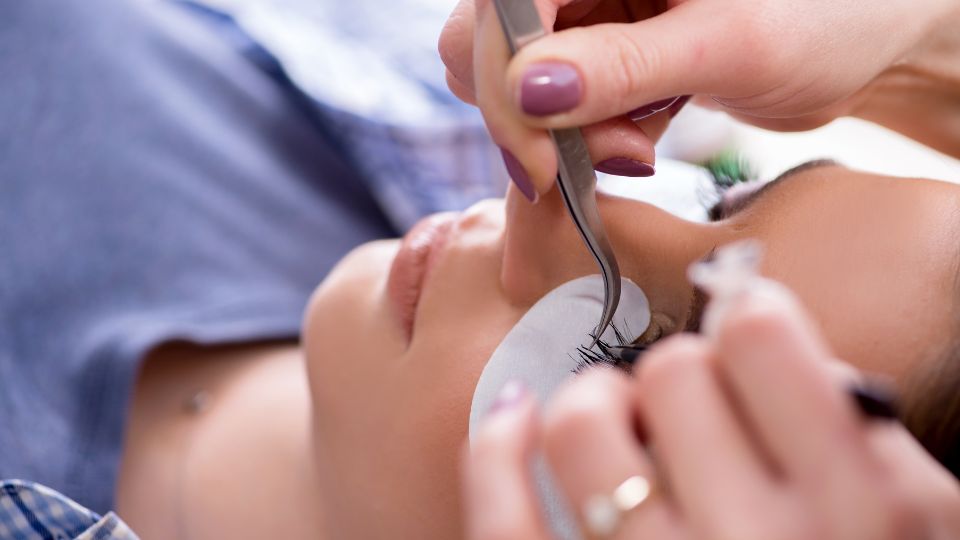
Aesthetics Waste Statistics
- 74% of aesthetic clinic owners agreed that environmental sustainability would be a big part of their marketing in the next 5 years.
- Beauty salons dispose of more than 1.3 million tools every single month globally.
- Salons generate 397kg of waste per minute in the US and Canada.
Conclusion
Aesthetics waste management is a critical aspect of running a responsible business within the UK’s beauty and cosmetic industry.
By understanding the types of waste, implementing safe disposal practices, and adhering to legal requirements, businesses can protect public health, preserve the environment, and maintain a positive reputation.
Embracing sustainable practices in waste management is not just a legal requirement but a commitment to future generations.


